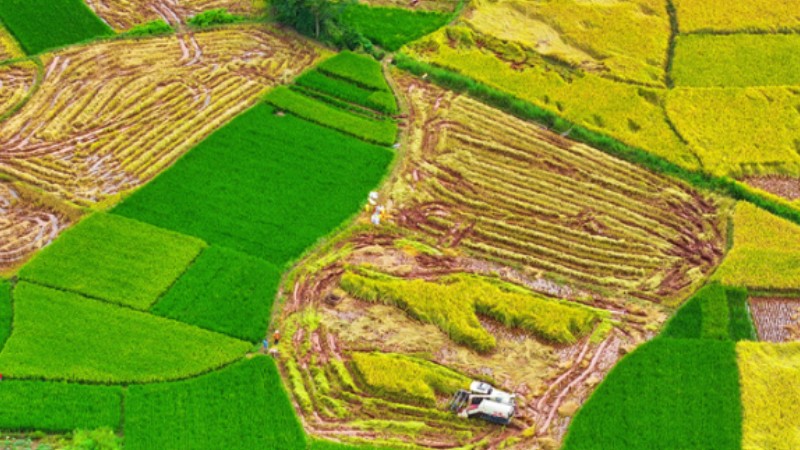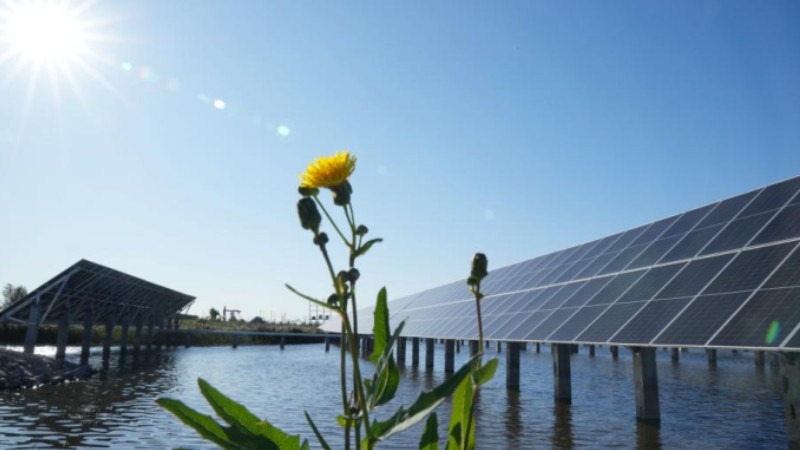Chinese herbal medicine benefits from sci-tech innovation
LANZHOU, Sept. 24 (Xinhua) -- In the scorching sun at noon, farmer Yan Baiping is busy in his fields where Chinese herbs are grown. Yan's fields are located in Longxi County of Dingxi City, northwest China's Gansu Province.
Last year, he planted five mu (about 0.33 hectares) of Chinese herbs and sold what he grew for a total of 30,000 yuan (about 4,122 U.S. dollars). "I expect an increase of at least 1,000 yuan in income per mu and have more plots this year," Yan said.
Dingxi has earned the label of "millennium medicine town" and is a key Chinese herbal medicine production area in northwest China. Commonly used varieties of Chinese herbs such as radix astragali, Angelica sinensis and Codonopsis pilosula mostly come from this city.
There are more than 500,000 peasant households in Dingxi, with over 60 percent engaged in planting Chinese herbs. On average, each household plants more than six mu of Chinese herbs.
Chinese herbal medicine has become a pillar industry for the steady increase of farmers' income and the revitalization of rural industries in Dingxi, where income from the cultivation and processing of Chinese herbs had accounted for 20.5 percent of the annual per capita disposable income of farmers in 2022.
In 2019, Gansu Province established a germplasm bank for Chinese herbal medicines, integrating the introduction and domestication of new herbal varieties, the protection of germplasm resources, the transformation of sci-tech research and development, and science training. Such sci-tech innovation is of great benefit to the economic efficiency of the Chinese herbal medicine industry.
Under laboratory conditions at the germplasm bank, the staff can package and store Chinese medicinal seeds through a series of precision operations such as drying, screening, numbering and coding, said Li Guangwen, an assistant agronomist with the germplasm bank.
Each herbal seed is given a DNA barcode, Li revealed. The germplasm information is available by scanning the barcode with a smartphone.
By the end of 2022, Gansu Province had preserved a total of 3,264 Chinese herbal germplasm items, with 94 varieties represented.
To date, Dingxi City has managed to establish a 42,300 mu herbal seed breeding base and a 153,300 mu seedling breeding base.
Meanwhile, a rural credit cooperative in Longxi County has carried out a large-scale transformation of terraced herbal fields which are suitable for mechanized farming and invited colleges and research institutes to provide guidance.
The output value of the cooperative is expected to exceed three million yuan in 2023, while Traditional Chinese Medicine (TCM) processing enterprises in Dingxi City had increased their output value from 3.5 billion yuan in 2018 to seven billion yuan in 2022.
In 2022, the output value of the whole industrial chain of TCM reached 42.5 billion yuan in Dingxi City, and the added value was 4.624 billion yuan.
The planting area used for TCM materials in Gansu Province reached 4.91 million mu in 2022, with a standardized planting rate of 55 percent and an output of 1.47 million tonnes, according to Liu Borong, head of the TCM administration in Gansu Province.
Authorities such as the National Administration of Traditional Chinese Medicine, are accelerating the formulation of documents to promote the high-quality development of the TCM industry and beef up related sci-tech research nationwide.
Photos
Related Stories
- European, Chinese scholars join hands to advance traditional Chinese medicine
- A glimpse into global clamor for traditional Chinese medicine at CIFTIS
- Service trade fair showcases China's TCM global outreach efforts
- Int'l students enjoy studying medicine in NW China's Xinjiang
- Trending in China | Cultural treasure: Acupuncture
Copyright © 2023 People's Daily Online. All Rights Reserved.









